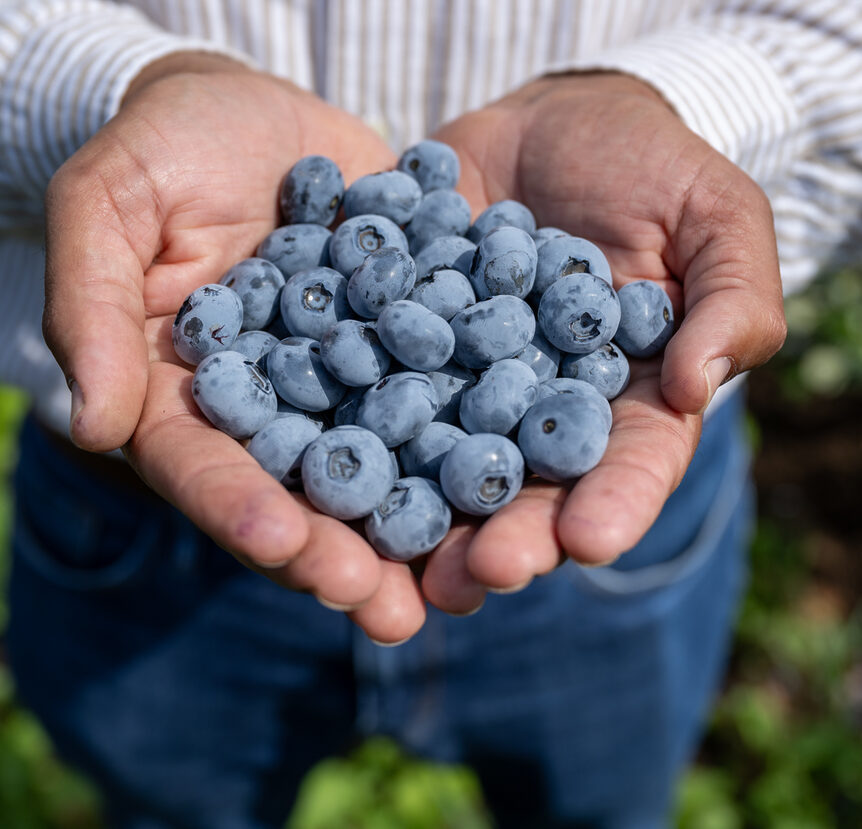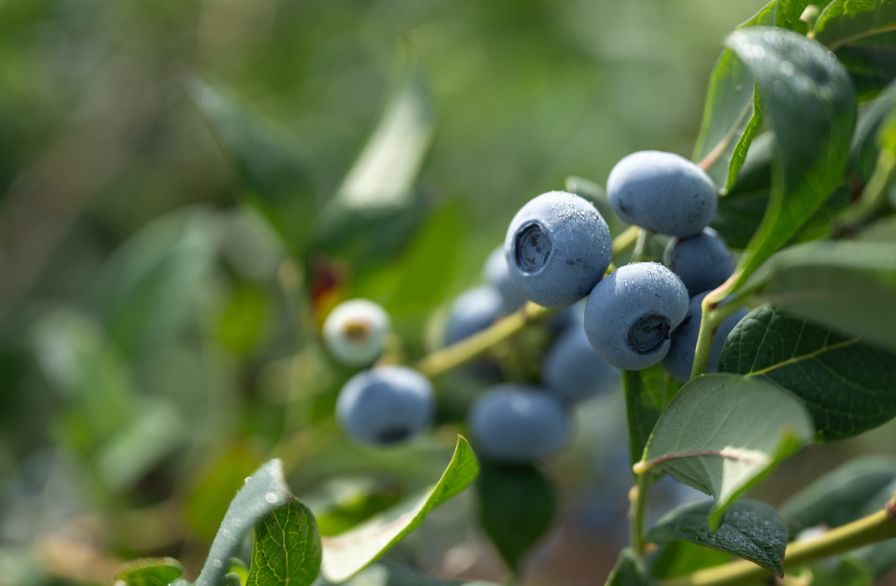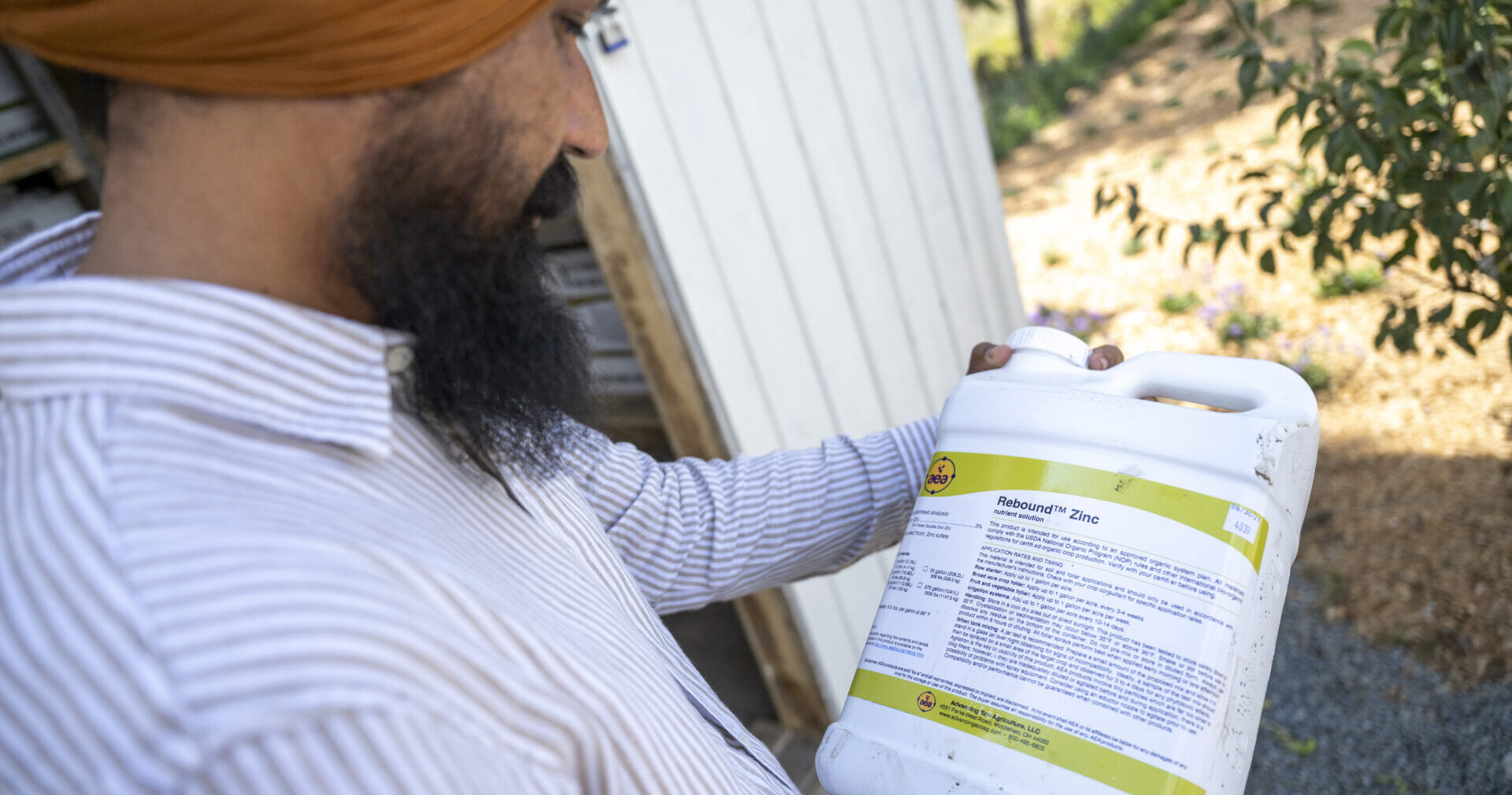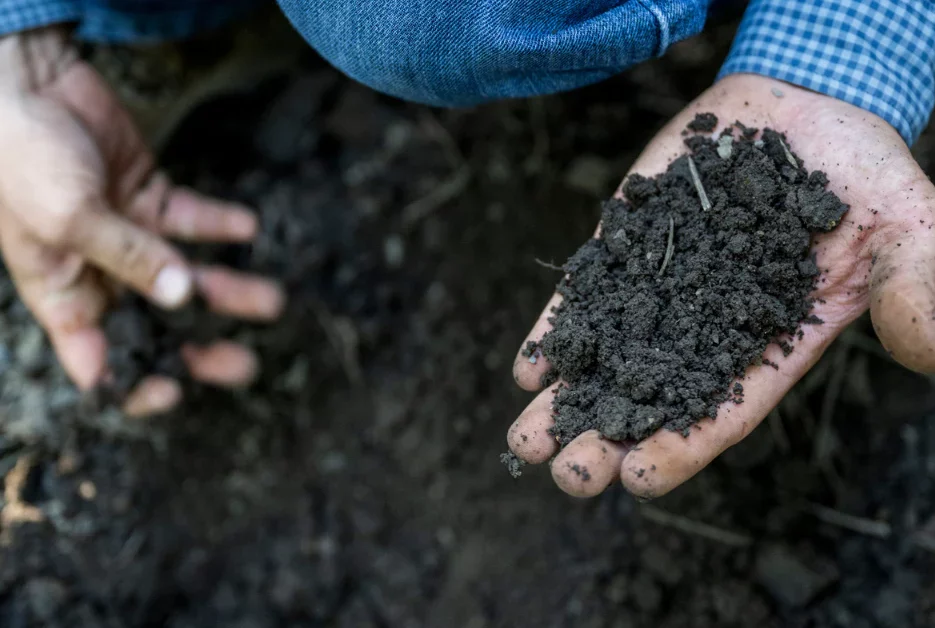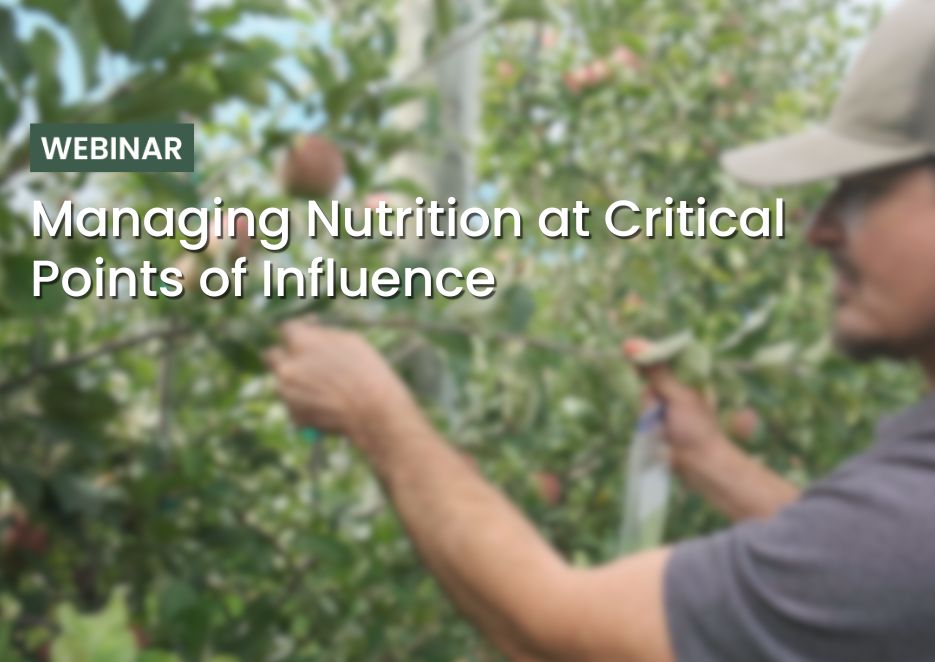Although there are many types of annual and perennial berries, our methods of addressing these crops are consistent.
In berry crop production, growers must address fruit size and firmness, ensure adequate new growth, and manage instances of mildew and aphids. Increased use of fertilizers, insecticides, and fungicides do no address the root causes of these challenges and can even worsen them. By framing opportunities for appropriately timed mineral and biological applications, AEA offers berry producers sustainable options for bringing a vital and profitable crop to market.
AEA adopts a systematic approach to customize programs for berry producers to achieve their goals. Focusing our efforts during the Critical Points of Influence (CPIs), we manage macro- and micronutrients using sap analysis to optimize uptake of the most impactful nutrients at each phase of the berry crop lifecycle.
This approach to balancing nutrition is built on a foundation of plant health-promoting biological applications for a well-rounded and effective approach to fruit crop health, tailored to achieve outcomes that support attaining crop quality markers, profitability, and bottom line objectives.
Our products and approaches result in improved production in berry crops across all types and regions. For the home grower, the Vegetable and Fruit Growers’ Guide represents an actionable season-long approach for regenerative production of all types of berries. Our Customer Care team can assist with scaling applications and rates to your production area from 1,000 sq ft.
There is no one-size-fits-all solution for larger production operations. Nutrition programs should be fine-tuned based on soil and sap reports, crop consultant recommendations, actual plant performance, and, where appropriate, organic certification requirements. AEA offers customized consulting services to best maximize performance on your acreage.
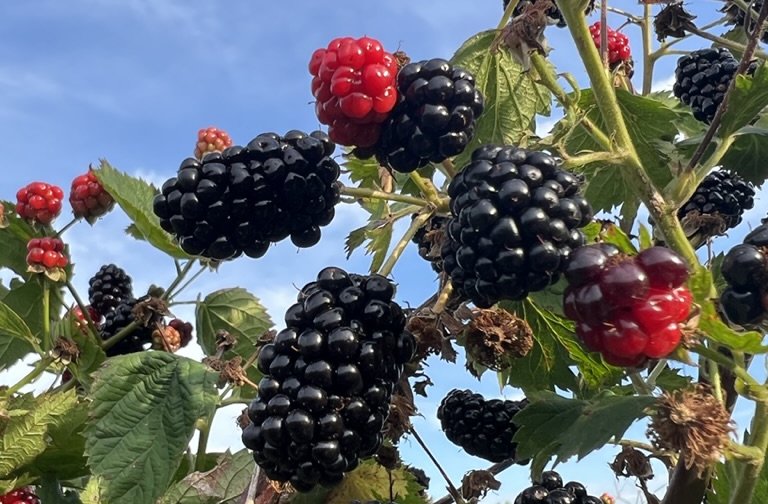
Our approach to berry production combines foliar and ground-applied nutrition and biology, and has a strong focus on calcium uptake, trace mineral nutrition, foliar nutritional support at bloom, and abundant new growth.
Bud differentiation/development is a strong focus in blueberry production; in the post-harvest period, applied nutrition, including ocean products and minerals, support reproductive function to influence the number of fruiting buds for the following season’s crop.
In perennial strawberries, focus on longevity over 2-3 seasons is key. Where the crop is treated as an annual, maximum output and health over the single season is the goal. In either culture, ensuring robust soil microbial support and symbiosis with the plant at establishment is crucial to support the production of better flavored and higher quality fruit, increase yields, and reduce insect and disease pressure.
In perennial cane fruits, post-harvest treatments contribute to the following year’s success; boosting the beneficial fungal profile in the soil encourages nutrient digestion, especially when used with a mulch cover. The emphasis on optimal calcium uptake cannot be overstated and establishing good soil microbial population drives good nutrient uptake for top quality and production. For canes that bear fruit on new growth, a healthy root system determines the integrity and strength of new cane growth.
For all berries, a regenerative nutrient program:
- Supports the blooming period to impart reproductive energy for better fruit set and quality
- Imparts resilience to extreme temperatures
- Influences a tighter harvest window for best yield over the fewest harvest passes
- Increases fruit size and yields
- Bolsters early fruit development to build defense to fungal challenges throughout the season
- Reduces need for excessive nitrogen compounds, balancing plant chemistry and thwarting effects of pest infestation
How can AEA’s regenerative approach help berry producers meet their goals?
We strive to improve the quality metrics that matter most to berry growers like increased yields, uniform fruit size throughout harvest period, taste and color, balanced growth, fruit bud optimization, and shipability/storability.
What specific challenges can AEA help fruit growers overcome?
We provide targeted solutions to address specific challenges faced by berry growers.
In strawberries, AEA's nutritional recommendations play a crucial role in mitigating Spotted Wing Drosophila (SWD) infestation, lygus bugs, and nematodes. Additionally, AEA aids in managing fungal issues like anthracnose, powdery mildew, and botrytis.
For blueberries, our solutions target challenges such as SWD and aphids, as well as mummy berry and botrytis issues. AEA's expertise extends to mitigating high-sodium soils in blueberry cultivation.
In cane fruits, including raspberries and blackberries, AEA addresses challenges like Phytophthora, downy mildew, powdery mildew, and cane blight. Furthermore, our solutions combat insect infestations, including SWD, worm damage, spider mites, raspberry cane maggot, and thrips, ensuring comprehensive support for fruit growers.
Berry Success Stories
Download our Fruit and Vegetable Grower's Guide
Related news
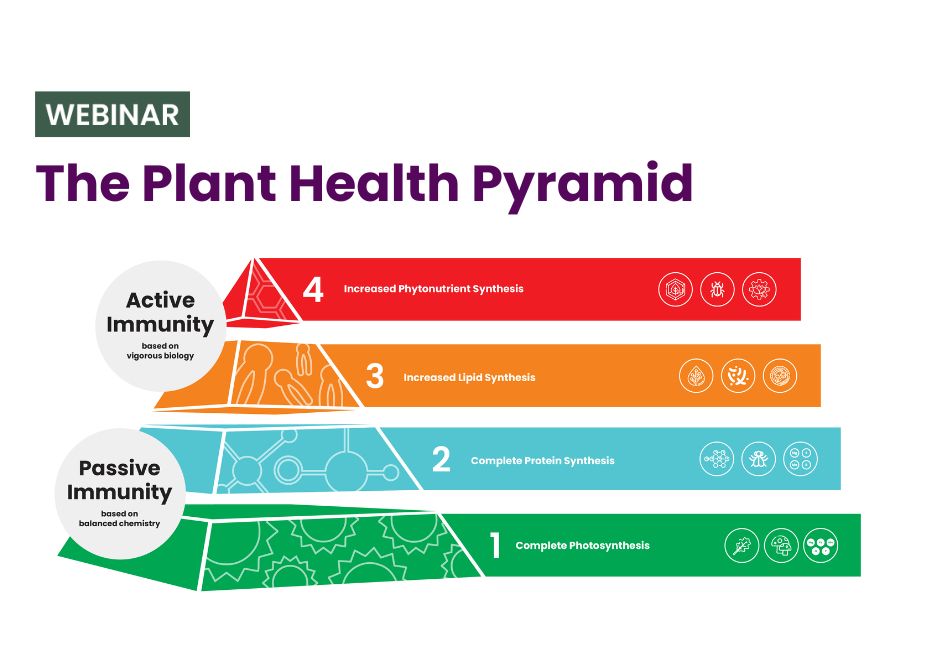
Feb 08, 2019
The Plant Health Pyramid

Mar 25, 2022

